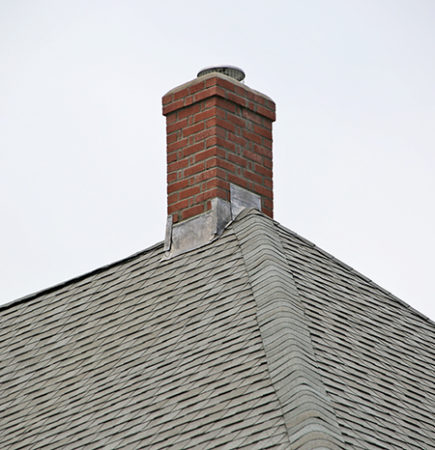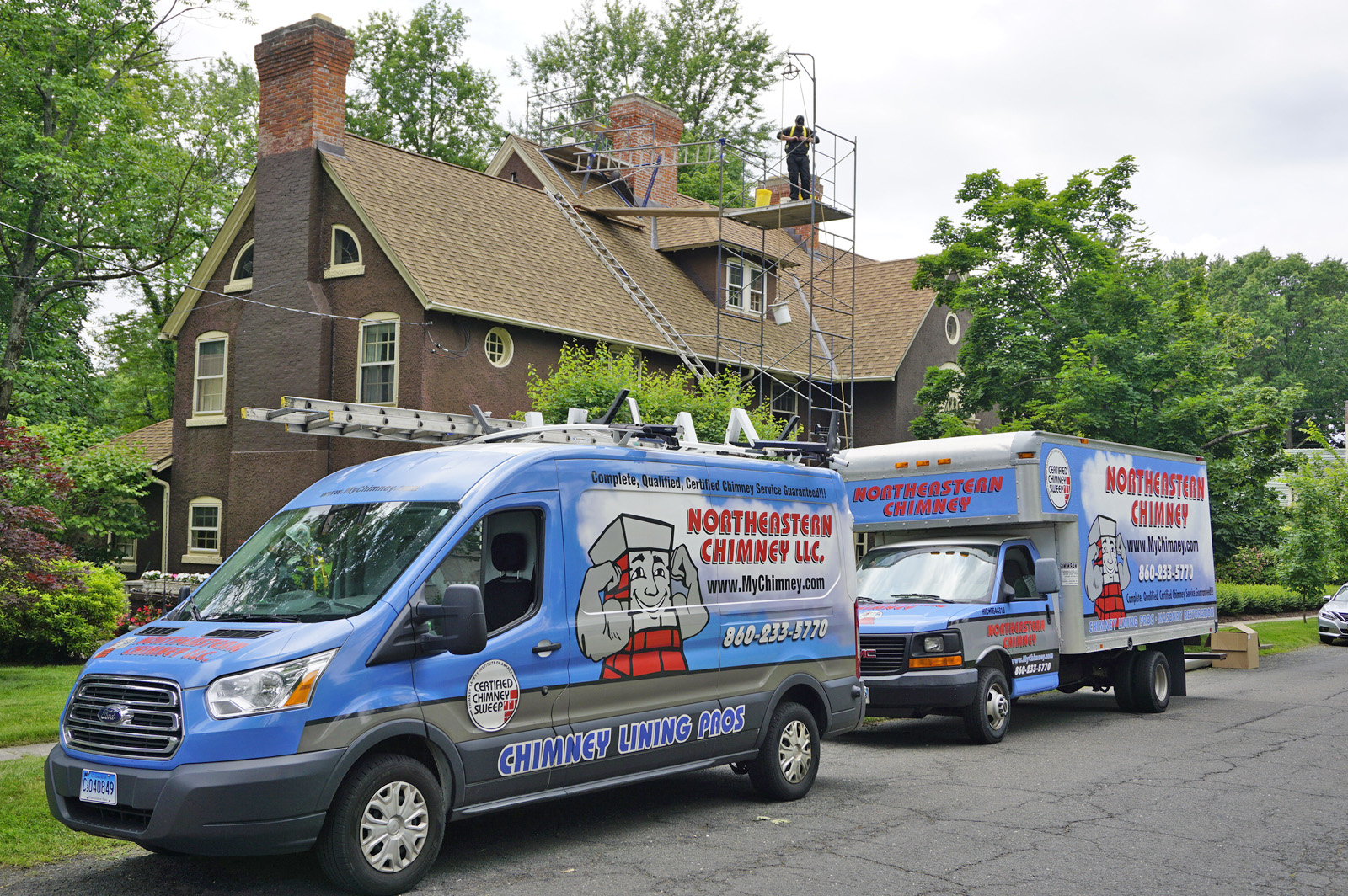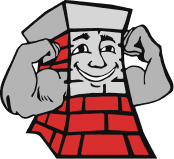Why does my Basement Fireplace Have a Backdrafting Problem?
Fireplace backdrafting is often a problem on all levels of new homes, especially basement fireplaces. The common issue with newer construction is that homes are far more airtight than they were in former times. Our homes, in effect, breathe, as though living things, and fresh air is exchanged for stagnant, stale air. Negative pressure often results from appliances that push air from the home, as well, including stove exhausts, clothes dryers, and bathroom fans. In the meantime, fireplaces need a supply of air to function properly, and basement fireplaces need air most desperately because of something called the “stack effect.”
 What is the Stack Effect?
What is the Stack Effect?
The stack effect is created in homes due to differences in air pressure, and it has to do with the way air moves into and out of homes. Warm air moves upward, reducing the air pressure in airtight building envelopes unless there is some type of ventilation. The stack effect is more pronounced in summer and winter when indoor-outdoor temperature differences are greatest. Shorter homes have less of a stack effect than taller homes.
Being located at the lowest point, basements are most vulnerable to problems caused by the stack effect. Chimney drafts tend to be weak, which means maintaining an efficient basement fire can be challenging. Instead of air naturally traveling up the chimney, as it is supposed to, basement chimneys often act as the outdoor air supply for the home. Reversing the airflow to enjoy fires from a basement fireplace can be a battle. Fortunately, chimney professionals can help homeowners find solutions to get hearth appliances operating efficiently.
Two Fireplaces, One Chimney Chase
When a basement fireplace shares a chimney chase or exterior chimney with a fireplace on another floor, issues tend to arise. When the upper-level wood-burning fireplace is burned, the smoke will usually exit through the chimney and then get pulled back into the home through the basement fireplace flue.
If smoke is crossing from one flue into the other without having to first go outside, it means there is flue damage and the toxic fumes are escaping into places where they don’t belong. A chimney professional should be called without delay in this case because toxic gases could leak into living areas of the home. Occupants can be exposed to deadly carbon monoxide.
Stinky Basement Fireplaces
When the basement fireplace becomes the air supply for the home, it means that the unpleasant odors in the flue can create strong basement odors and perhaps spread to other parts of the home, too. The smell can worsen in the following conditions:
- Toxic, highly flammable creosote is a material that gets deposited inside flue linings with every wood fire. The more of the smelly creosote there is in your chimney, the stronger the stinky odor you may smell from your basement fireplace.
- Humid, damp air makes bad smells even worse.
 Contact Northeastern Chimney Today
Contact Northeastern Chimney Today
Forqualified chimney sweeps in West Harford, CT, and the surrounding area, contact Northeastern Chimney. We can help by solving drafting problems as well as providing all of the reliable chimney services you may need. Our professional technicians perform chimney inspections, chimney sweeping, masonry repair, chimney cap installation, and much more. Schedule an appointment by calling 860-233-5770 today.


